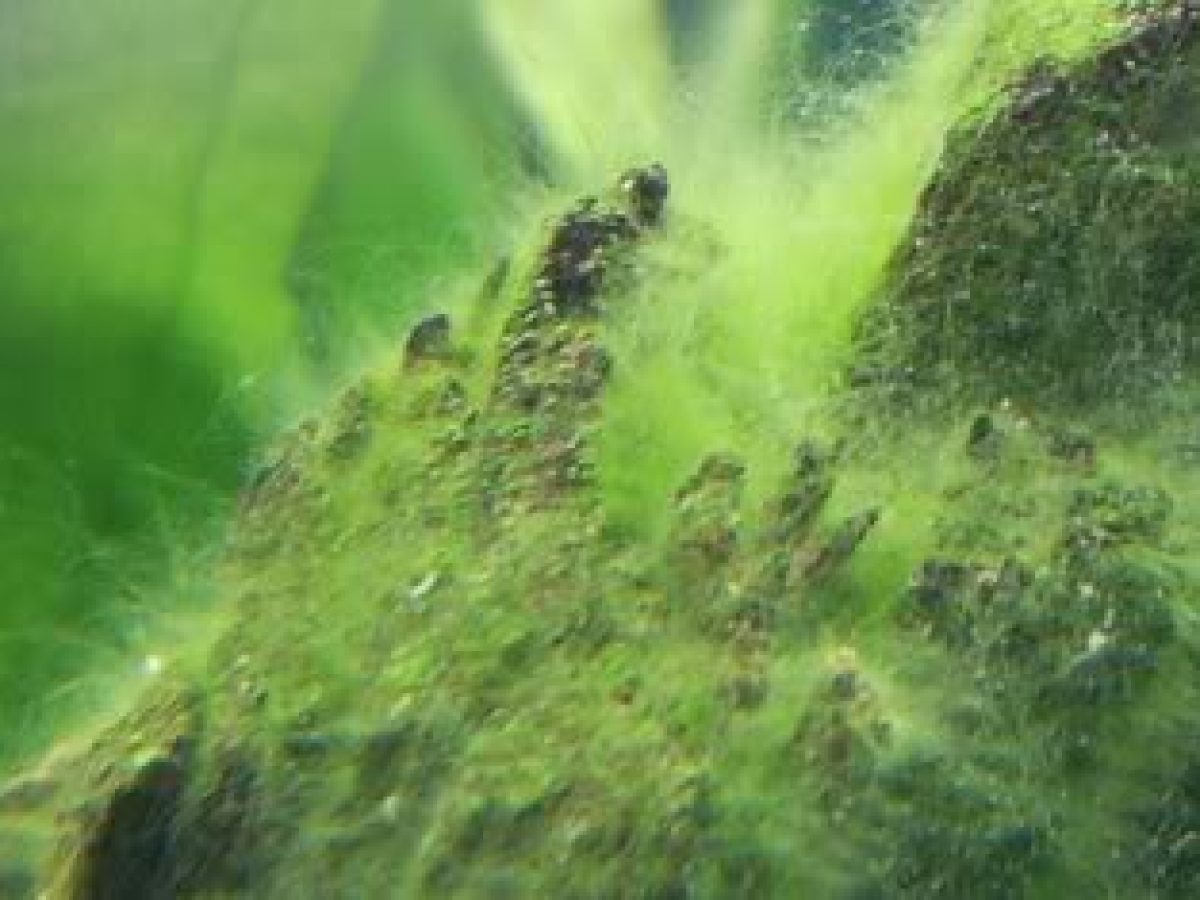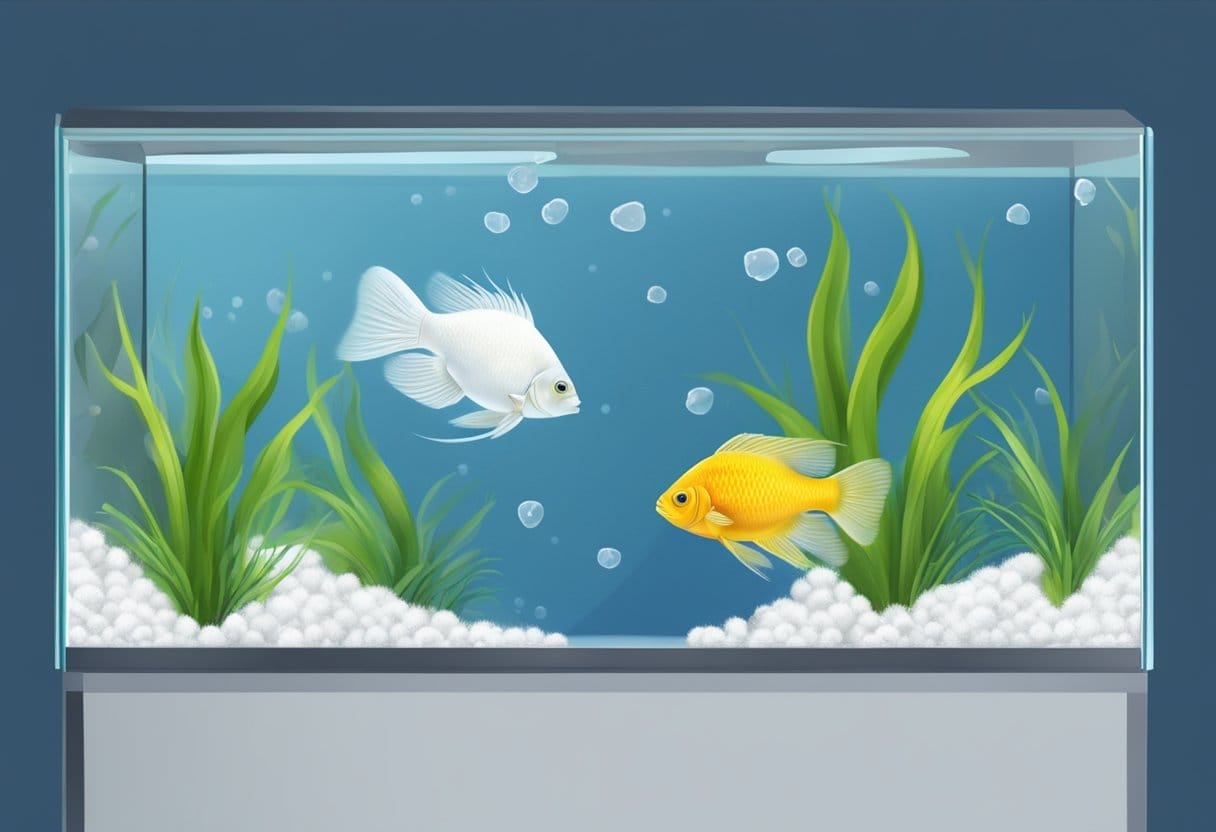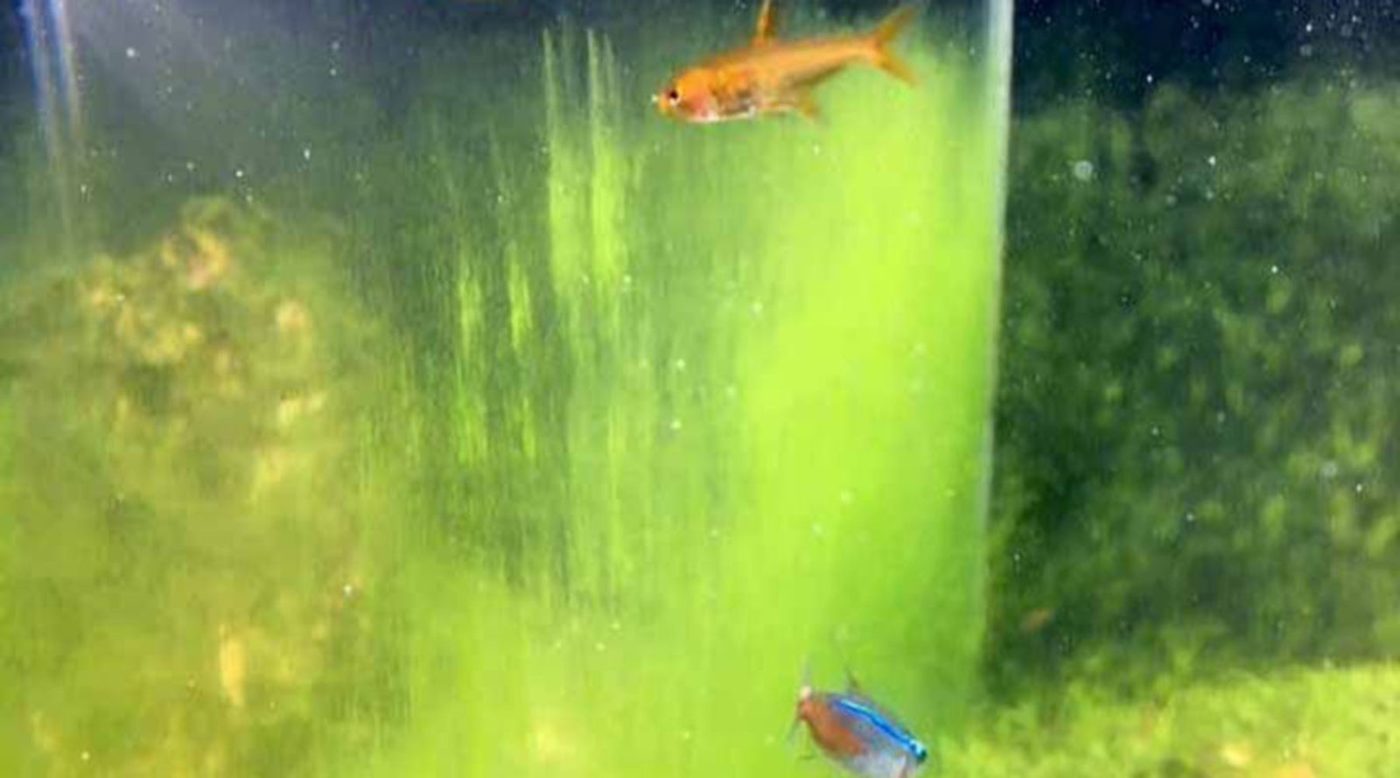Introduction
White algae, a common yet unwelcome guest in many aquariums, can quickly turn a crystal-clear aquatic paradise into an unsightly, slimy mess. As a responsible fish tank owner, understanding the nature of these microorganisms, their causes, and effective strategies to combat them is crucial for maintaining a healthy, visually appealing environment for your aquatic pets. This comprehensive guide will arm you with the knowledge and tools needed to wage a successful battle against white algae, ensuring your fish tank remains a vibrant, thriving ecosystem.

Understanding White Algae
What is White Algae?
White algae, more accurately referred to as diatoms, are unicellular photosynthetic organisms belonging to the phylum Bacillariophyta. Characterized by their siliceous cell walls, diatoms form colonies that manifest as a powdery or filamentous white, brown, or yellowish growth on various surfaces within the aquarium, such as glass, decorations, and even plants.

Why Does White Algae Occur?
Several factors contribute to the proliferation of white algae in a fish tank:
- Excess Nutrients: High levels of phosphates and nitrates, often resulting from overfeeding, inadequate filtration, or infrequent water changes, provide a fertile breeding ground for diatoms.
- New Tanks or Equipment: Freshly set up tanks or recently added decorations may contain residual silica, which serves as a substrate for diatom colonization.
- Insufficient Lighting: While diatoms can thrive under various light conditions, they often flourish in low-light environments where competing algae species struggle to survive.
- Poor Water Flow: Slow-moving or stagnant water allows diatoms to settle and multiply undisturbed.
Detecting and Assessing White Algae Infestation
Visual Inspection
Regular visual inspections of your aquarium are key to early detection of white algae. Pay particular attention to areas with slow water flow, such as corners, substrate crevices, and the underside of decorations. The telltale signs include a fine, dusty appearance on surfaces or dense, stringy growths resembling spiderwebs.
Water Tests
Conduct regular water parameter tests to monitor phosphate and nitrate levels. High readings may indicate an imbalance conducive to diatom growth. Additionally, ensure that pH, KH, and GH values are within the recommended range for your specific aquarium inhabitants.
Evaluating Your Aquarium Setup
Assess your aquarium’s lighting, filtration, and water circulation systems. Ensure they are appropriate for the tank size and bioload, and make adjustments if necessary. Also, consider the age of your tank; diatoms are more prevalent in newly established ecosystems.

Combatting White Algae: Prevention and Treatment Strategies
Prevention Measures
Nutrient Control
Implement a strict feeding regimen to avoid overfeeding, and perform routine water changes (20-25% every 2-4 weeks) to maintain low nutrient levels. Use high-quality aquarium water conditioners to remove excess phosphates and nitrates.
Proper Tank Cycling
For new setups, follow a thorough tank cycling process to establish beneficial bacteria and stabilize water parameters before introducing fish and plants. This helps prevent sudden nutrient spikes that could trigger diatom blooms.
Optimal Aquarium Conditions
Provide adequate lighting, ideally full-spectrum LED fixtures, with a photoperiod of 8-10 hours per day. Ensure proper water flow by using powerheads or adjusting filter output to prevent dead zones.
Treatment Approaches
Manual Removal
Gently scrub affected surfaces with an aquarium-safe brush or magnetic cleaner. Regular maintenance sessions can help keep white algae growth in check.
Chemical Treatments
Algaecides specifically formulated for freshwater aquariums can be used sparingly and according to manufacturer instructions. Be cautious when treating planted tanks, as some algaecides may harm beneficial aquatic flora.

Biological Controls
Introduce algae-eating species like nerite snails, otocinclus catfish, or amano shrimp to your aquarium. These natural cleaners can help control white algae populations, although they may not entirely eliminate the issue.
Patience and Persistence
Remember that eradicating white algae often requires patience and persistence. As your aquarium matures and biological balance is achieved, diatoms should naturally decline. Continue monitoring water parameters, performing regular maintenance, and employing preventive measures to maintain long-term algae control.

Incorporating Natural Filtration and Beneficial Microbes
To further enhance your aquarium’s ecosystem and fortify its defenses against white algae, consider incorporating natural filtration methods and fostering a thriving population of beneficial microorganisms. These elements can work synergistically to maintain optimal water quality, reduce excess nutrients, and promote a balanced environment less prone to algae outbreaks.
- Aquatic Plants: Live plants serve as natural nutrient sinks, absorbing nitrates and phosphates through their roots and utilizing them for growth. Dense plant coverage not only beautifies your aquarium but also competes with algae for essential resources, effectively suppressing its proliferation. Choose hardy, fast-growing species suitable for your tank’s lighting and water parameters, and maintain a regular fertilization schedule to support their health and nutrient uptake.
- Biological Filtration Media: Enhance your mechanical and chemical filtration system by incorporating biological media, such as ceramic rings, bio-balls, or specialized biomats. These materials provide a large surface area for beneficial bacteria to colonize and break down harmful ammonia and nitrite into less toxic nitrate. Regularly cleaning or replacing mechanical filters without disturbing the biological media ensures a stable population of nitrifying bacteria.
- Refugia: A dedicated refugium is an isolated compartment within your filtration system or a separate tank connected to your main aquarium, designed to cultivate a diverse community of microorganisms, including bacteria, copepods, and rotifers. These tiny creatures help maintain water quality by consuming excess nutrients, detritus, and even algae spores. Additionally, refugia can serve as a safe haven for sensitive species during maintenance or medication treatments, ensuring the overall stability of your aquarium’s ecosystem.
Conclusion
The battle against white algae in your fish tank is won through a combination of understanding its nature, identifying the underlying causes, and implementing targeted prevention and treatment strategies. By staying vigilant, maintaining optimal aquarium conditions, and harnessing the power of biological controls and manual interventions, you can successfully reclaim your aquatic haven from the clutches of these pesky microorganisms. With dedication and the right approach, your fish tank will once again be a vibrant, healthy, and visually stunning environment for your aquatic pets to thrive in.
By embracing the power of natural filtration and beneficial microorganisms, you create a self-regulating ecosystem within your aquarium that is better equipped to resist white algae invasions. Coupled with the previously discussed prevention and treatment strategies, this holistic approach fosters a thriving, healthy environment for your aquatic pets and ensures your fish tank remains a captivating, algae-free showcase.










